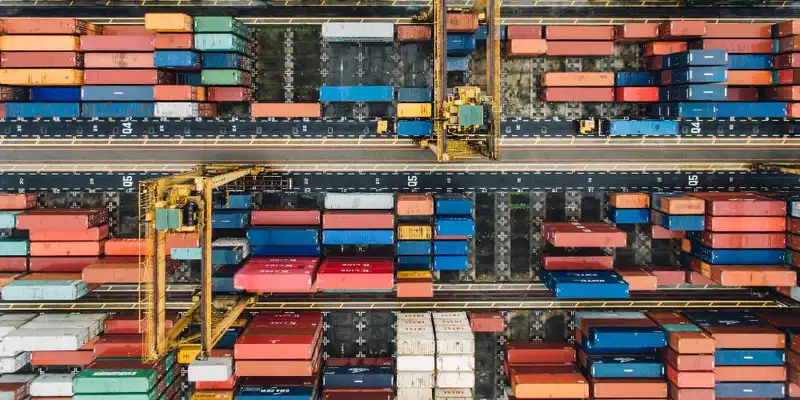Understanding the Food Supply Chain
What is the Food Supply Chain?
Simply put, a food supply chain is the process of food traveling from the farm where it is raised or grown to your lunch or dinner table. The process begins with the corn growing in a field that is harvested and driven to the local processing plant and continues at the canning warehouse where it is picked up by a distribution truck to be brought to your grocery store, it's all included!
As mentioned above, each step in the food supply chain requires either human or costly natural resources which means that the price you are paying for canned corn in the grocery store is not solely for the corn.
Distributors and Retailers who are at the consumer end of the chain collect money from the customer in the final purchase (in this example; canned corn) and then begin to pass the money down the chain, eventually ending up back with the farmer at a rate of pennies on the dollar.
It is easy to think of this process as a type of domino effect since the products which are demanded by the grocery store consumers end up being the highest produced crops.
Tips to Improve Food Safety in the Food Supply Chain

At this point you may be wondering; how can I improve our food supply chain to drive down prices and increase profits? Below we have compiled a list of easy steps that you can employ to begin taking control of your food supply chain-
Implement Quality Tracking Technology
Increasing the quality control technology throughout your food supply chain will reduce losses in food due to improper temperature control and also allow you to track the performance of your warehouses and distributors.
Perform Regular Audits and Performance Reviews
How are you going to know what is happening at your warehouse facilities without visiting them in person on a regular basis? Do your best to launch a corporate process of auditing and reviewing performance if one does not already exist.
Properly Vet Suppliers, Distributors and Carriers
Properly screening and vetting suppliers, distributors and carriers involved in your food supply chain will minimize your future risk by ensuring that the companies you are working with are following all of the necessary best practices.
Challenges in the Food Supply Chain
If any of the stages that typically make up a modern-day food supply chain are compromised it can put the entire operation at risk of losing market share, fresh product, and end consumers. Below you can find just a couple of the many ways that food supply chains can be jeopardized.
Lack of Communication
As with any operation with so many moving cogs and pieces, communication is key and can simplify everything! In the world of food transport in particular a miscommunication or lack of correct reporting can lead to huge amounts of food waste that is unrecoverable. A simple morning catchup call or company-wide email can help to make sure that everyone is on the same page before the day begins.
Inadequate Tracking of Inventory in Stores and Warehouses
One way to ensure that you are not wasting any food is to track current inventories across your entire supply chain. As food supply, chain-based technologies advance, tracking inventory in both retail stores and processing warehouses is easier than ever and should not be overlooked!
Ensuring Visibility into the Farm-to-Table Process
In today's digital era consumers continue to raise their standard expectations of all companies, especially food brands who are providing the nutrients they put into their bodies each and every day.
Of those standard expectations, supply plain visibility is one of the most important to take note of. Consumers are now more interested than ever in where food is sourced from and the amount of processing each product requires in order to reach the grocery shelves.
By investing in supply chain visibility your company will see increased working capital efficiencies and will finally have the opportunity to isolate opportunities for vertical integration and increased profits.
By controlling and minimizing the number of parties involved in your day to day supply chain, communicating, tracking inventory and performing audits becomes easier than ever!
Conclusion
In conclusion, controlling all of the aspects of your food supply chain can be extremely beneficial. Below is a list of the factors that were briefly reviewed above that can have an immediate effect on end consumer food costs!
Inventory Tracking at Warehouses, Processing Centers and Retailers
Communication Channels
Farm-to-Table Supply Chain Visibility
All-Inclusive Audits and Employee Performance Reviews
Modern Quality and Food Safety Tracking Technology
If you are beginning to notice increased food waste, missed deliveries, or miscounted products it may be time to address the challenges of your food supply chain!





